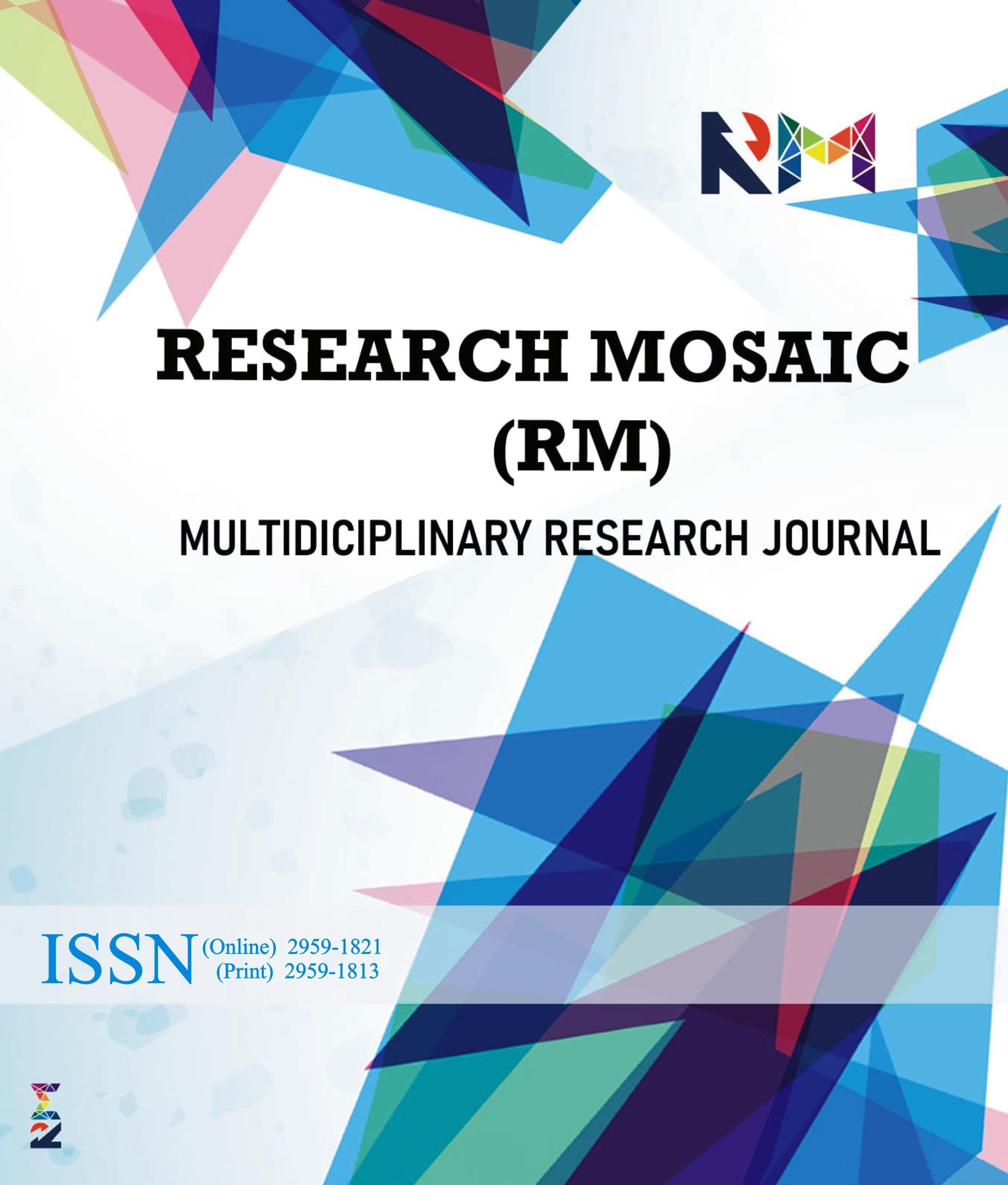Women Presentation in Advertisements: Measuring Effects on Perception of Urban Youth in Karachi, Pakistan
Keywords:
Women Presentation, Unethical Advertisement, Negative Impact on Youth, Consumer BehaviorAbstract
The media is increasingly commercialized, leading to the perpetuation of stereotypes against women. This study aims to examine the presentation of women in today's commercials and its impact on cultural beliefs. Data was collected from two universities in Karachi using a questionnaire. Additional information was gathered from archives, blogs, interviews, newspapers, and reports. The study employed reliability, validity, and regression analysis using SPSS software. The findings indicate a significant relationship between the presentation of women in advertisements and the identity of women in urban areas of Pakistan, negatively impacting women's roles. The study reveals a strong association between the portrayal of women and their objectification as sex objects in ads. The results demonstrate that the youth in Pakistan strongly disapprove of the practice of using women for brand identity and increasing brand attractiveness. The public rejects current media trends in Pakistan and believes that advertisers should adhere to ethical and moral values, as ads often contradict the true aesthetic values of Pakistani society.
References
Ahmadli, A. (2023). Gender Stereotypes in Advertising: The impacts of stereotypical portrayals.
Ali, A. R. (2015). Portrayal of Women in Pakistani Media. International Journal of Academic Research and Reflection Vol. 3, No. 1, 2015.
Alam, S., Khalid, S., & Ahmad, F. (2023). The Portrayal of Women in Advertisements: A Critical Analysis of the Role, Participation, and Empowerment. JETT, 14(3), 451-459.
Barber, J. (2011). Objectification of Women in Entertainment Media. Retrieved on November 18, 2013 from https://sites.google.com/a/uw.edu/media-andchange/content/objectification-of-women in media.
Becker-Herby, E. (2016). The Rise of Femvertising: Authentically Reaching Female Consumers.
Burn, S. M., Aboud, R., & Moyles, C. (2000). The relationship between gender social identity and support for feminism. Sex Roles, 42(11-12), 1081-1089.
Courtney, A., & Whipple, T. (1983). Sex stereotyping in advertising. Lexington, MA: D.C. Heath.
Das, M. (2000). Men and women in Indian magazine advertisements: A preliminary report. Sex Roles, Vol.43, 699–717.
Furnham, A., & Lay, A. (2019). The universality of the portrayal of gender in television advertisements: A review of the studies this century. Psychology of Popular Media Culture, 8(2), 109.
Gauntlett, D. (2008). Media, gender and identity: An introduction. Routledge.
Grau, S. L., & Zotos, Y. C. (2016). Gender stereotypes in advertising: a review of current research. International Journal of Advertising, 35(5), 761-770.
Gulati, M. (2014). Analysis of projection of women in advertisements on society. Global Journal of Commerce & Management Perspective, 3(5), 78-81.
Hoad-Reddick, K. (2017). Pitching the feminist voice: A critique of contemporary consumer feminism.
Kapoor, D., & Munjal, A. (2019). Self-consciousness and emotions driving femvertising: A path analysis of women’s attitude towards femvertising, forwarding intention and purchase intention. Journal of Marketing Communications, 25(2), 137-157.
Kenalemang-Palm, L. M. (2023). The beautification of men within skincare advertisements: A multimodal critical discourse analysis. Journal of Aging Studies, 66, 101153.
Lima, A. M., & Casais, B. (2021). Consumer reactions towards femvertising: a netnographic study. Corporate Communications: An International Journal, 26(3), 605-621.
Middleton, K., Turnbull, S., & de Oliveira, M. J. (2020). Female role portrayals in Brazilian advertising: are outdated cultural stereotypes preventing change?. International Journal of Advertising, 39(5), 679-698.
Oniku, A., & Joaquim, A. F. (2022). Female sexuality in marketing communication and effects on the millennial buying decisions in fashion industry in Nigeria. Rajagiri Management Journal, 16(2), 105-117.
Pérez, M. P. R., & Gutiérrez, M. (2017). Femvertising: female empowering strategies in recent spanish commercials. Investigaciones feministas, 8(2), 337-351.
Reichert, T., & Lambiase, J. (2003). How to get “kissably close”: Examining how advertisers appeal to consumers’ sexual needs and desires. Sexuality and culture, 7, 120-136.
Shaikh, M., Bughio, F. A., & Kadri, S. A. (2015). The representation of men and women in advertisements: A critical discourse analysis. The Women-Annual Research Journal of Gender Studies, 7(7), 108-141.
Szymanski, D. M., Moffitt, L. B., & Carr, E. R. (2011). Sexual objectification of women: Advances to theory and research 1ψ7. The Counseling Psychologist, 39(1), 6-38.
Tuncay Zayer, L., & Coleman, C. A. (2015). Advertising professionals’ perceptions of the impact of gender portrayals on men and women: a question of ethics?. Journal of Advertising, 44(3), 1-12.
Ullah, H. N. (2014). The Objectification of Women in Television Advertisements in Pakistan. FWU Journal of Social Sciences. Winter 2014, Vol. 8, No.2, 26 – 35.
Vahid, H., & Esmae’li, S. (2012). The power behind images: Advertisement discourse in focus. International journal of Linguistics, 4(4), 36-51.
Verhellen, Y., Dens, N., & De Pelsmacker, P. (2016). A longitudinal content analysis of gender role portrayal in Belgian television advertising. Journal of Marketing Communications, 22(2), 170-188.
Zawisza, M. (2019). Advertising, gender and society - psychological perspective. New York: Routledge.
Downloads
Published
Issue
Section
License
Copyright (c) 2023 Research Mosaic

This work is licensed under a Creative Commons Attribution 4.0 International License.


